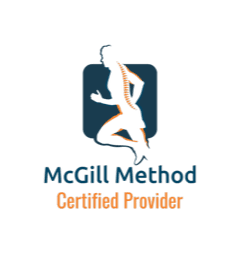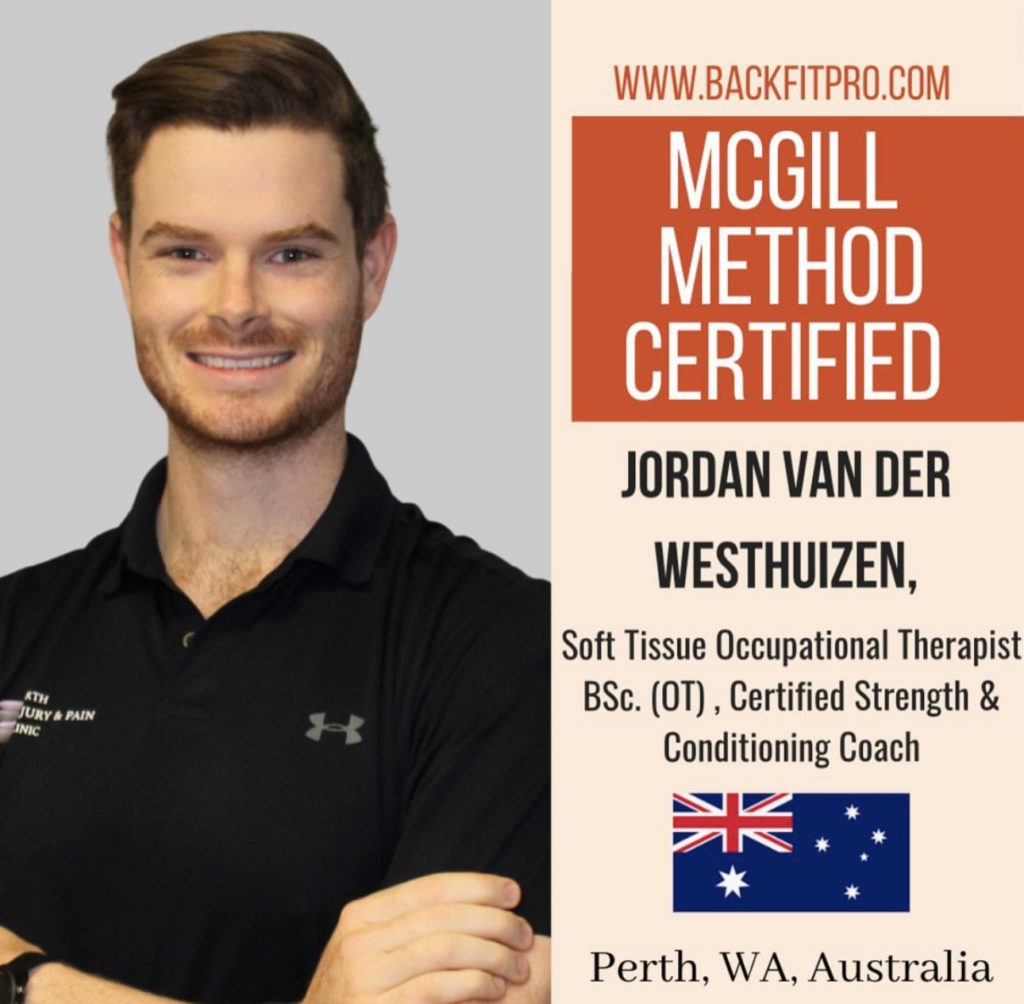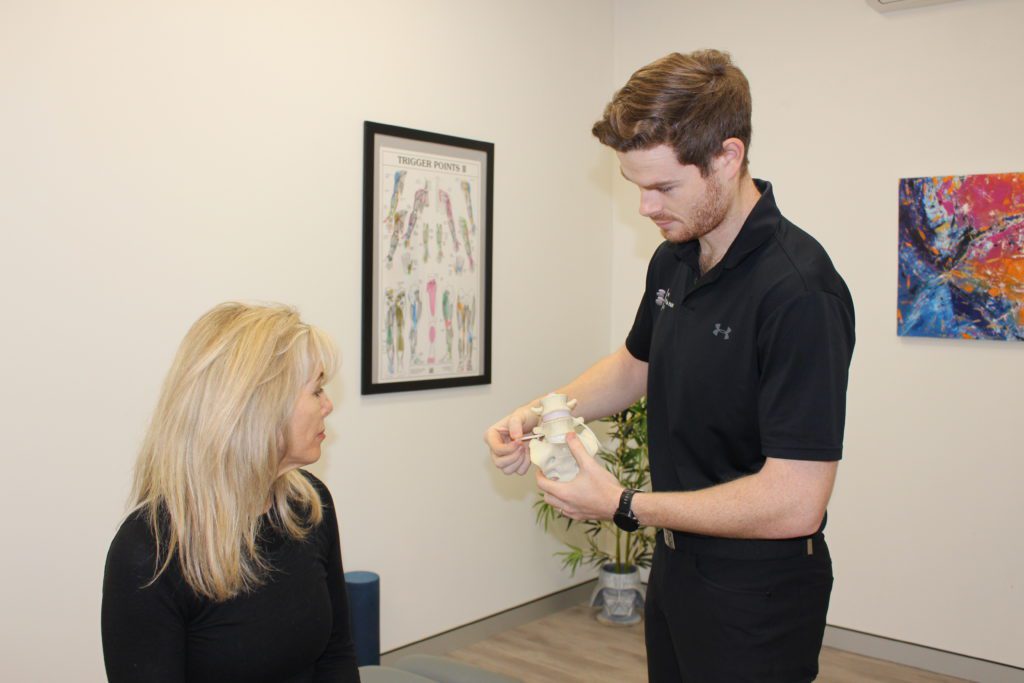Low back disorders are prevalent in all societies and affects millions of people worldwide. While it can be caused by various factors, finding an effective and personalized treatment approach is crucial for long-lasting relief and long-term benefit. One such approach that has gained popularity over the years is the McGill Method. Developed by Professor Stuart McGill, a world-renowned spine biomechanics expert.
The McGill Method focuses on understanding the unique biomechanical principles of spinal function, the individual characteristics of a person and tailoring rehabilitation strategies to address the root cause of a person’s low back pain. We will explore the key aspects of the McGill Method: what it entails, how the assessment process works, and what the rehabilitation process looks like.
Jordan van der Westhuizen is one of only 5 people in Australia who have received the McGill Method Certification


The McGill Method is a specialized approach to treating Spinal Disorders that emphasizes three essential components: assessment, accurate diagnosis, and individualised rehabilitation. Prof. Stuart McGill, a professor emeritus at the University of Waterloo, is a leading authority in the field of spine biomechanics and has dedicated his career to understanding and treating back pain.
The first step of the McGill Method is an in-depth assessment to identify the root cause of the individual’s low back pain. Unlike generic treatments, the McGill Method acknowledges that each person’s pain is unique and may stem from different factors. This comprehensive evaluation includes a detailed medical history, postural assessment, movement analysis, neurodynamic testing and muscle function examination. This identifies the ‘pain triggers and the mechanisms of injury (i.e – what is actually causing the problem).

It all begins with a thorough assessment to identify the root cause of the injury as well as the specific mechanisms keeping that are causing your pain. The assessment will identify:
The assessment typically begins with a comprehensive review of the patient’s medical history. This helps to understand any past injuries, medical conditions, or lifestyle factors that might be influencing the current back pain.
Identify specific pain triggers that cause pain and keep the tissues sensitised. These guide the understanding of the specific mechanisms aka what is the root cause aggravating the spine.
Identify key positions, movements and postures that help to reduce symptoms. These assist with symptom management and desensitisation.
Evaluate your default movement patterns. Observing the range of motion and performance of functional movements. Specific movements that trigger or exacerbate the pain are noted, helping to understand how your spine and muscles are affected during various activities.
Assess various load tolerances on the spine, including compression, shear, rotation and bending.
Assess the strength, endurance and activation patterns of the muscles surrounding or affecting the spine. Weakness or imbalances can lead to inadequate stability of the spine, compensatory movements and/or contribute to low back pain.
Identify your movement habits and default loading strategies. Analyse your standing, sitting, and walking postures.
Posture simply means a migration of stress, so specific postures can cause specific stresses to tissues and the spine which can attribute to a person’s symptoms.
Medical imaging, (X-ray, MRI & CT) may be useful in some circumstances. This depends on the individual person’s context – not all low back pain needs imaging.
If you have had imaging done, this will be reviewed and linked with your individual assessment as scans alone should not be used to diagnose a person’s low back disorder or pain.

After completing the assessment, the rehabilitation process begins, tailored to the individual’s specific mechanisms, needs and goals.
Unlike one-size-fits-all approaches, the McGill Method acknowledges that no two individuals are the same. It takes into account factors like lifestyle, daily activities, occupation, and personal goals to create a personalized treatment plan. By addressing the specific needs of each individual, the McGill Method maximizes the chances of successful recovery and long-term pain relief.
Due to the specialisation and popularity of this approach, we require patients to request initial consultations. Please fill out the form below and we will be in touch to arrange an appointment.